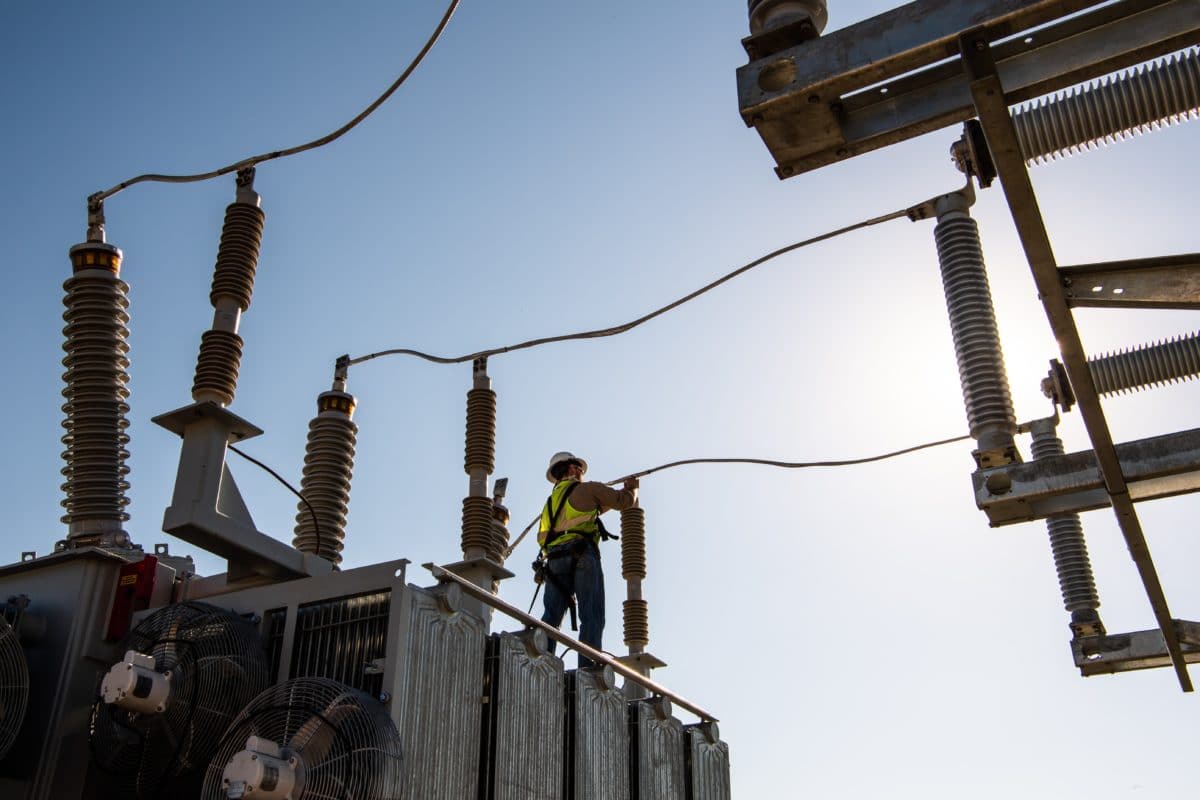Backfeed may be growing as a concern to North American utilities, especially given the growing number of energy customers adopting solar panels.
When the flow of energy takes place in the reverse of its typical flow, backfeed occurs. It sometimes results from the bi-directional flow on the grid due to renewable integration or distributed energy resources (DERs).
This reverse flow poses safety risks in the form of electric shock. For example, a downed line may become reenergized through intentional or unintentional backfeed, potentially putting linemen at risk of being injured.
More than 80% of the responding utilities said they do not currently measure backfeed. The study said that one reason could be the inability to gather accurate data. The issue could grow in importance as electric vehicles grow in popularity, along with vehicle-to-grid connectivity. The survey said that more than 20% of the utility respondents plan on integrating EVs onto their grids within the next five years. This move reinforces that backfeed is an issue that must be “urgently addressed,” the survey said.
Swags, swells, and flickers
The report said that power quality issues manifest themselves in the forms of voltage swags, swells, flickers, harmonic distortions, power interruptions, and voltage imbalances. From a safety standpoint, poor power quality can result in electrical fires or overheating of electrical networks.
Safety was named as a top power quality concern for 77% of the survey respondents. The top power quality concerns were voltage sags (51%), harmonics (49%), and voltage surges (45%).
The survey also looked at the increased reliance utilities have on digital tools to better manage legacy infrastructure systems. More than two-thirds of the responding utilities said they had started implementing grid connectivity applications, and half said they have already implemented outage detection and service restoration solutions.
Leveraging digital tools does not come without some challenges. According to the survey, 51% of the responding utilities said integration with internal and external IT systems was the most challenging aspect of implementing grid measurement and management systems.
This content is protected by copyright and may not be reused. If you want to cooperate with us and would like to reuse some of our content, please contact: editors@pv-magazine.com.









Things that are “new” are ALWAYS different. They are difficult ONLY if you do not try to learn to address the new situation. Saying it is too difficult and not trying will ALWAYS fail.